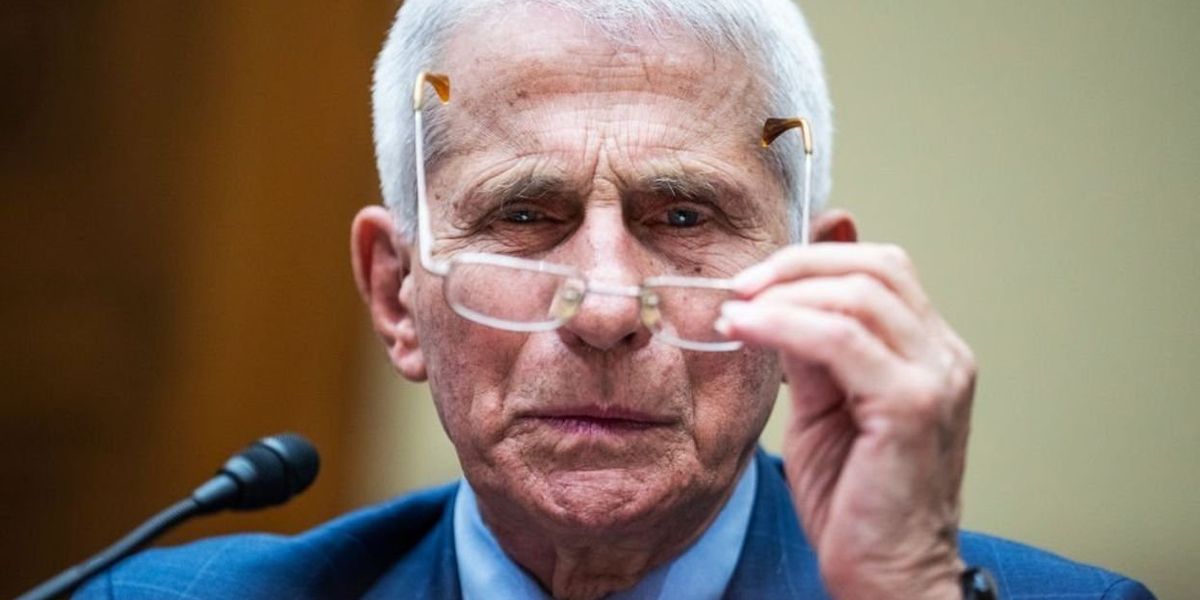Zeldin moves to rescind, delay drinking water standards - Newsday
The Trump administration plans to rescind the federal limits on four "forever chemicals" in drinking water and delay the deadline for compliance for two more chemicals, EPA administrator Lee Zeldin announced on Wednesday.
The Environmental Protection Agency established limits on six PFAS chemicals last year under the Biden administration. The rule set a limit of 4 parts per trillion for two of the most well — studied compounds, PFOA and PFAS, 10 parts per trillion for three others, and limits on combinations of compounds, based on a scientifically derived "hazard index." Water utilities were given five years to comply.
The EPA plan, announced in a news release on the agency's website, would reverse the rule for the four compounds and extend the deadline for water utilities to comply with the standard for PFOA and PFOS by two years, from 2029 to 2031. Zeldin, a former Shirley congressman, said the delayed deadline offers "common-sense flexibility in the form of additional time for compliance."
Zeldin’s announcement also said the EPA would "establish a federal exemption framework."
Environmental health advocates condemned the rollbacks. After years of study and finalizing a science-based rule, "now the administration is going to toss out most of these long-sought protections and allow this contamination to continue unabated," Erik Olson, a lawyer at the Natural Resources Defense Council, said in a statement.
Zeldin said he will cancel the limits for PFHxS, PFNA, GenX, and PFBS, and combinations of those chemicals to "ensure that the determinations and any resulting drinking water regulation follow the legal process laid out in the Safe Drinking Water Act."
On Long Island, two water districts detected those compounds: Locust Valley and the Suffolk County Water Authority. PFOA and PFOS are far more common. The Suffolk County Water Authority said since those results, there are treatment systems on three of the four wells where PFHxS has been detected, and the water from the fourth well is mixed with the others and has very low detections.
Seven water districts in total had annual averages of PFAS that exceeded the proposed limits, according to a Newsday analysis of federal data. All said they had installed treatment systems or were planning to install them.
Peer reviewed scientific studies have shown PFAS exposure is linked to, developmental problems in infants and children, certain cancers, including prostate, kidney and testicular, and other health problems. When the regulation was implemented, the EPA estimated that the rule would reduce exposure for 100 million Americans, save thousands of lives and prevent tens of thousands of serious illnesses. It said the rule would ultimately save $1.5 billion in health care costs.
Advocates said Trump should expect legal challenges.
"This isn’t deregulation — it’s abandonment," said Rob Hayes, senior director of clean water at Environmental Advocates NY, in a statement. "EPA, an institution dedicated to protecting our drinking water, is telling over a million New Yorkers that their health isn’t important."
There are strong "anti-backsliding provisions" in the Clean Water Act, which authorizes the EPA to set drinking water standards, as Olson previously told Newsday. Those provisions establish that any revisions must provide equal or greater protection to public health.
PFAS manufacturer Chemours and trade groups representing the chemical industry and water utilities argued in a lawsuit seeking to rescind the PFAS regulations that the EPA had not followed the correct procedures in setting those limits.
Zeldin said the EPA will propose a new rule in the fall.
Check back for updates on this developing story.










